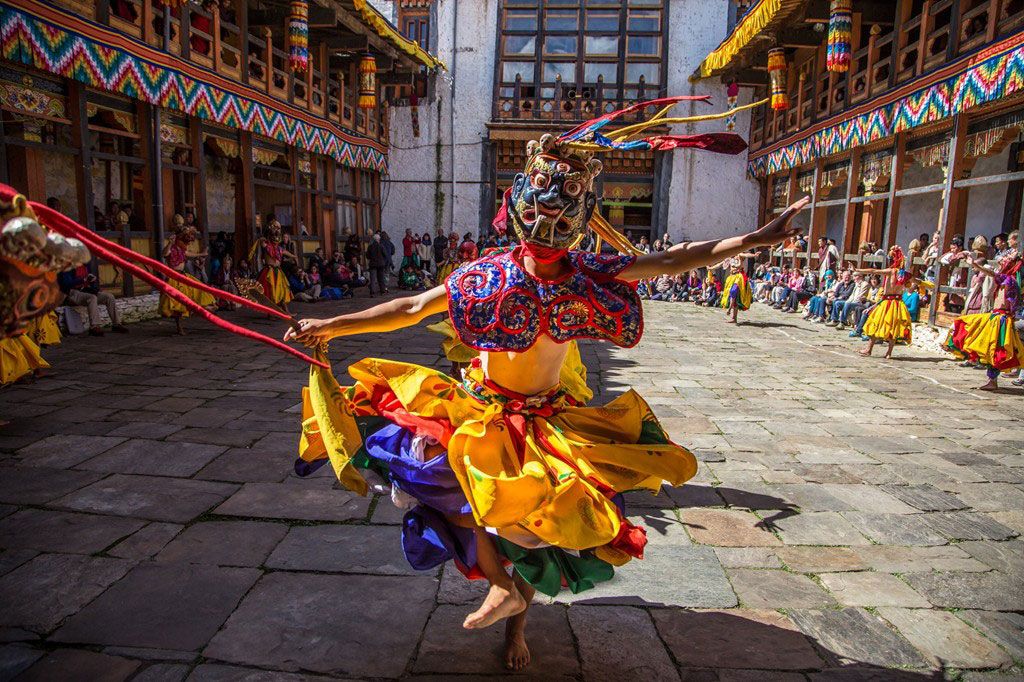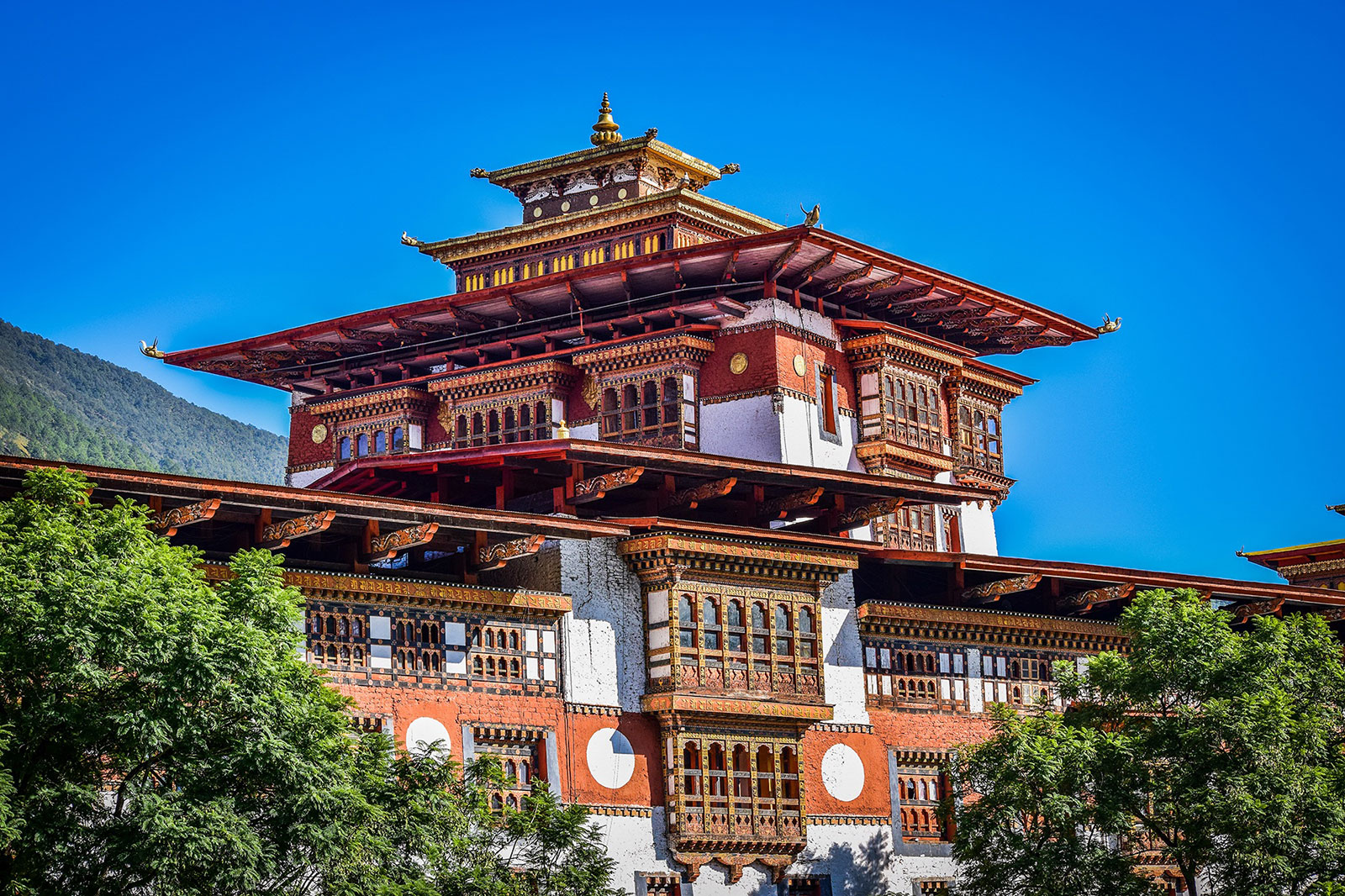An exhibition on traditional masks is being organized at the national museum, located at Ta dzong in Paro from March 11. This in effort at preserving Bhutanese culture and tradition.An exhibition on traditional masks is being organized at the national museum, located at Ta dzong in Paro from March 11. This in effort at preserving Bhutanese culture and tradition.
The director of the national museum, Khenpo Phuntshok Tashi, explained during the inauguration ceremony why such an exhibition had been created. He said that mask dances are an important aspect of Bhutanese culture and so the masks used in the dances had to be preserved. He said that it is important for Bhutanese citizens to know the various kinds of masks that exist, the differences between them, how they are manufactured, and who make them.
Khenpo Phuntshok Tashi added that the significance of the masks did not have to be limited to only Bhutanese. He said that the exhibition would also allow the significance of the masks to be shared with foreign visitors as well.
He pointed out that if the significance of the masks were not shared today, then it could become a reality that the masks are only used and viewed as entertainment, eventually to go extinct.
Chief guest at the function, Lyonpo Khandu Wangchuk, also shared a similar perspective. He said that tsechus had to be continued and for that to happen, the significance of the masks had to be shared and preserved.
Lyonpo Khandu Wangchuk pointed out that, despite Bhutan not remaining in self-imposed isolation and achieving a relatively giant leap out of medievalism, Bhutanese culture had still remained intact from the time of Zhabdrung Ngawang Namgyel. He pointed out that, as Bhutan is a small country, it was important to have an identity, especially with globalisation taking place.
A total of 161 traditional masks used in 21 religious dances or cham are now in display at the museum.
For instance, masks used in religious dances such as, among others, the guru tshengye, bardo cham, Peling gingsum ging and tsholing, and drametse ngacham are displayed.
Source : Kuensel.









